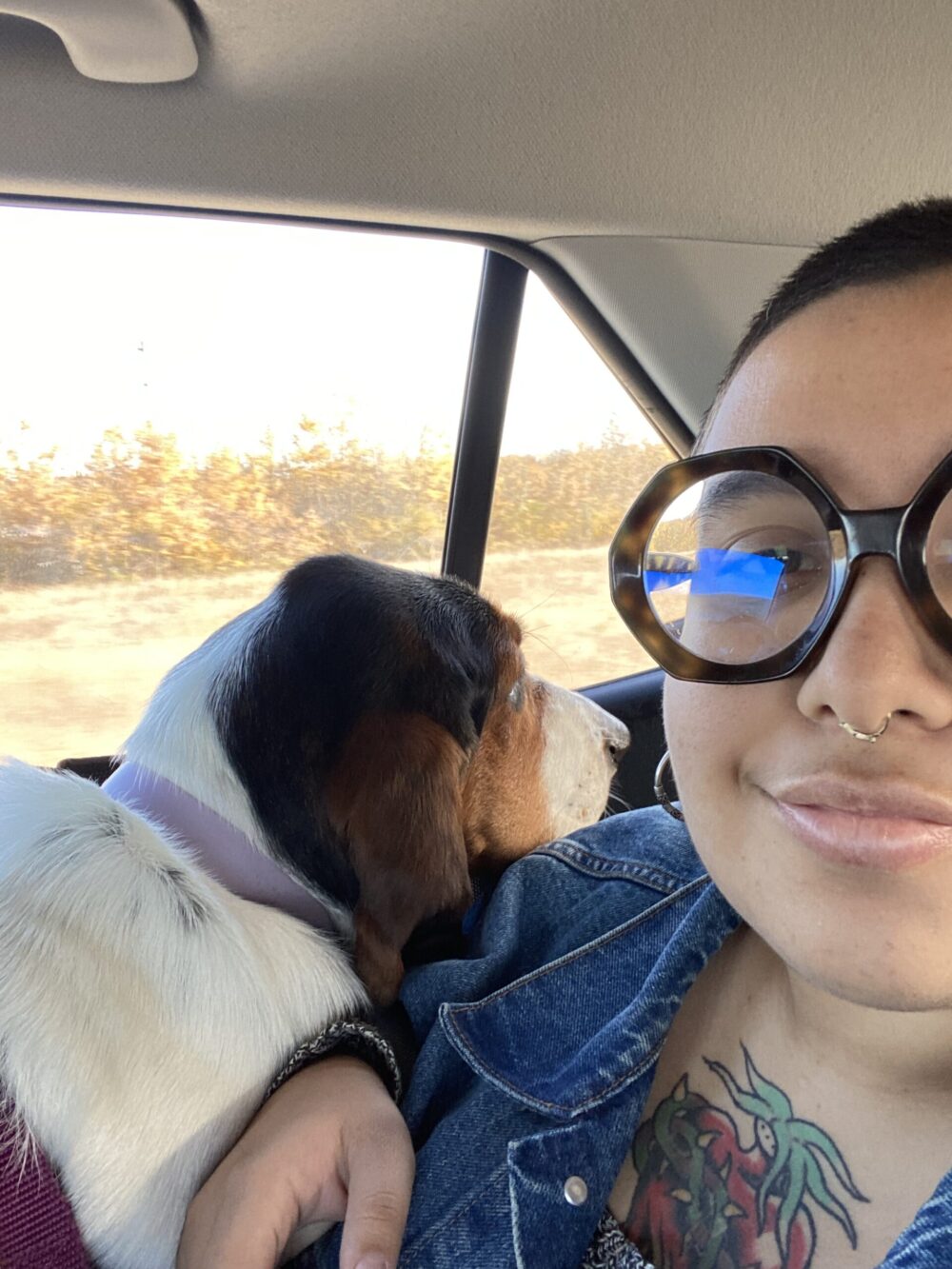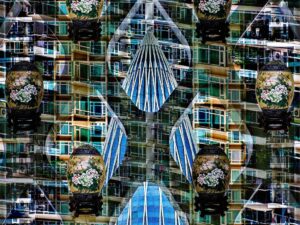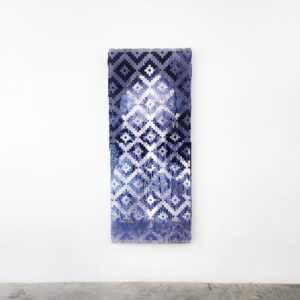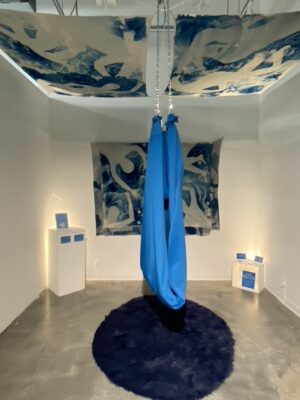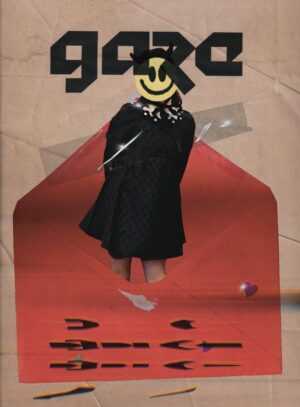Untitled Weaving Composition 1
Keimi Nakashima-Ochoa
The first of many iterations of these forms to come, Untitled Weaving Composition 1, contains hundreds of hours of work and multiple tufted and woven forms. Using both hand- and machine-sewing methods, these abstract forms were cut, processed, and collaged together. The visible warp threads were hand-waxed (a common practice done with bookbinding thread) in this case to defy gravity and reiterate the visual lines created when weavings are horizontal on the floor. In the last 12 months or so, many more weavings were completed, but like with any collage, not everything remained in the final composition.
Through these works, I seek to dissect, interpose, and bring attention to art objects as both sculptural entities and environments for images.In sculptural processes, makers and viewers alike often take for granted “found” objects, which are usually mass-produced items that go through a rigorous design and evaluation process, which involves an undeniable amount of creativity. In “two-dimensional” art forms, many sculptural processes — such as mounting and stretching canvas, pulping paper, and mixing pigments— are overlooked. My work seeks to bring attention to these methods of artistic creation through synthetically-dyed natural fibre, and geometric or abstracted shapes that serve as a nod to the traditional weavings of Jalisco— the state in Mexico where my parents, my siblings, and I were raised.
Creating woven pieces in a variety of sizes, through slow, methodical labour, and then composing and collaging them together, I serve as both the paper-maker and the artist. I am weaving the canvas, and then creating and image upon and with it. Though fibre work has, in western art history, been labelled broadly as craft, I am looking to blur these lines by working to create functional objects that can be transformed into art objects. In the western canon, textile art has also broadly been designated as “women’s work,” even in more “progressive” spaces like the Bauhaus. While I am not interested in denying this history, I am interested in bringing attention to the parallels between “women’s work” and my work— that of a chronically ill and non-white person. Weaving is work that I can do sitting down, from home, without harmful aerosols or particulates. It is work that keeps my hands busy and my brain engaged. I can do it in near-complete silence, or while listening to music or a podcast. I can use this work to connect to ancestral art practices, but create an ongoing and new art practice.

